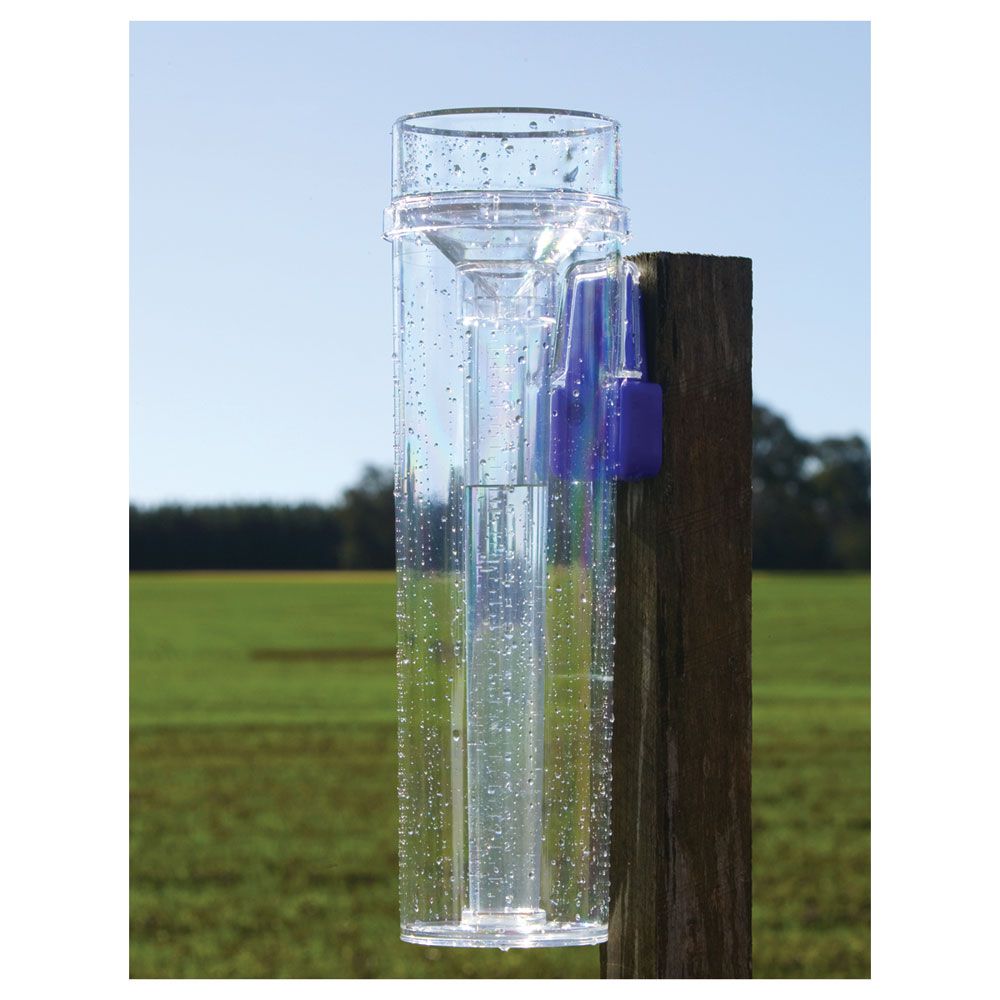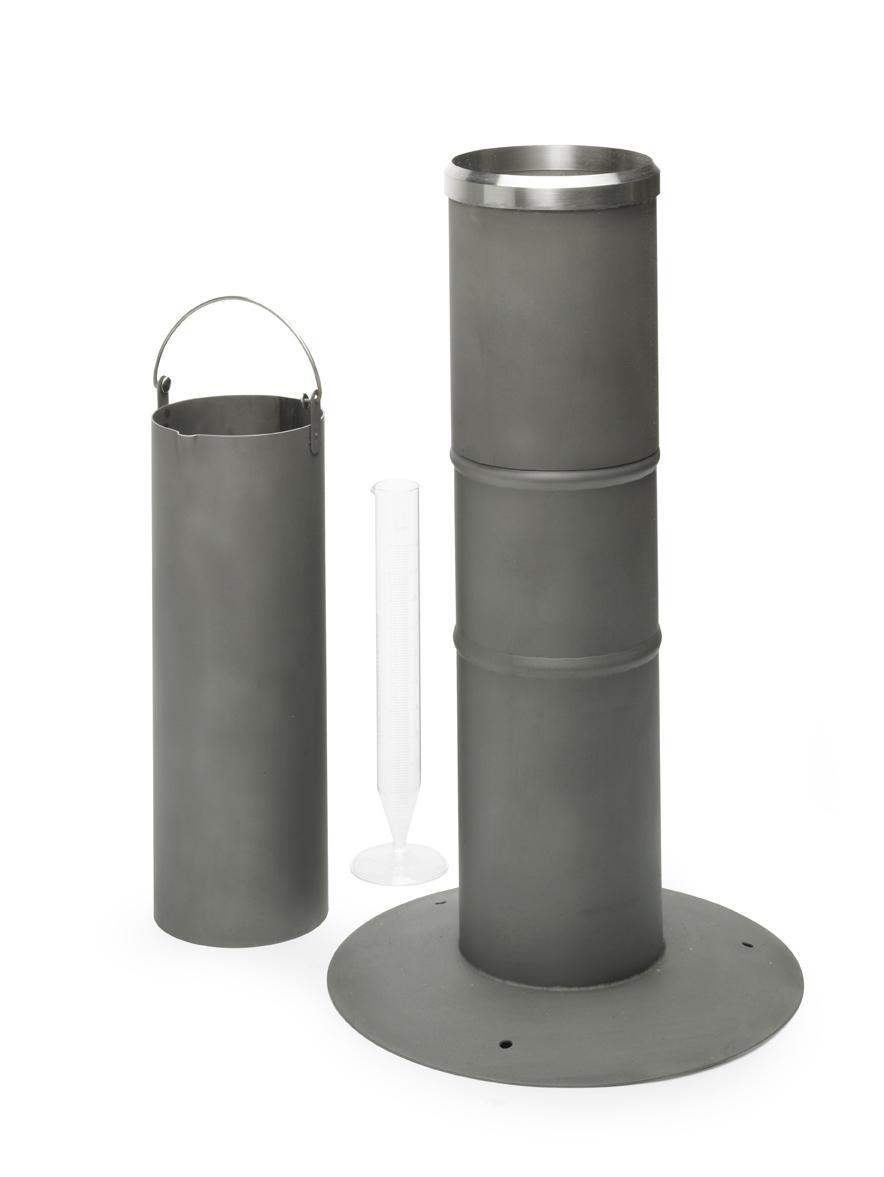Contrast the Leading Rain Gauge Models for Accurate and Consistent Readings
Contrast the Leading Rain Gauge Models for Accurate and Consistent Readings
Blog Article
Discovering the Evolution of Rain Assesses: From Conventional to Smart Tools for Improved Precision in Rainfall Measurement
The dimension of rainfall has been an essential aspect of weather forecasting for centuries, shaping our understanding of weather condition patterns and environment fads - rain gauge. From the early manual rain gauges to the extra current introduction of wise devices, the advancement of rain measurement devices has been a journey marked by innovation and precision. By tracing the innovations in rainfall scale innovation from conventional models to the advanced wise gadgets of today, we can get valuable insights into how these growths have actually changed the way we accumulate and evaluate rainfall data
Very Early Manual Rainfall Assesses
During classical times, simple vessels were utilized to gauge rainfall by hand, noting the very early beginnings of rain assesses. These early rain evaluates were easy containers positioned in open locations to gather rainwater. The collected water was after that by hand gauged utilizing markings on the container to establish the quantity of rainfall that had occurred within a details duration.
Although these hand-operated rain assesses worked in providing a basic understanding of rainfall patterns, they were limited in accuracy and precision. Aspects such as spillage, dissipation, and wind can affect the dimensions, resulting in prospective inaccuracies in the recorded information.

In spite of their constraints, early manual rainfall assesses played a vital duty in the advancement of extra advanced rain dimension tools. The idea of gathering and measuring rainfall laid the foundation for the creation of even more innovative rain gauges that made use of scientific concepts to provide even more precise and reputable data. This development inevitably caused the development of modern rainfall evaluates qualified of capturing specific measurements in numerous environmental conditions.
Growth of Mechanical Rainfall Gauges
The development from early hands-on rainfall evaluates to advanced mechanical rainfall dimension gadgets marked a considerable jump in the evolution of rainfall gauge technology. Mechanical rainfall evaluates, additionally called tipping bucket rainfall assesses, operate a straightforward yet effective concept. These tools include a channel that collects rainwater and channels it right into a small seesaw-like mechanism - rain gauge. As the rain fills one side of the mechanism, it suggestions, triggering the water to be emptied out, and at the same time videotaping the quantity of rainfall. This layout allows for automatic dimensions, making it much more precise and reliable contrasted to hands-on methods.
Mechanical rainfall determines are typically made of sturdy products like stainless steel or plastic, guaranteeing durability and reliability also in extreme climate condition. With advancements in technology, modern-day mechanical rain gauges can additionally be outfitted with digital sensors to send real-time information wirelessly to data collection systems. This mix of mechanical effectiveness and digital connection has made mechanical rain assesses a preferred selection for atmospheric stations, research institutions, and agricultural applications where exact rainfall measurements are critical for decision-making procedures.
Introduction of Electronic Rain Gauges

Digital rainfall gauges deal significant advantages over traditional mechanical gauges, including higher accuracy, the capability to gauge smaller increments of rains, and decreased upkeep requirements. By leveraging electronic parts like tipping pails or acoustic sensing units, these tools can provide thorough information on rains strength, duration, and circulation patterns with improved integrity.
Additionally, the assimilation of digital rain determines right into climate tracking networks allows the collection of find more big volumes of data for evaluation and forecasting functions. This information can be used to enhance anticipating versions, improve early warning systems for extreme weather condition events, and assistance environment study initiatives. Generally, the introduction of electronic rain gauges stands for a critical development in the field of meteorology, promoting much more thorough and precise rainfall dimension abilities.
Transition to Wireless Rain Evaluates
Progressing past standard methods, meteorological instrumentation has actually considerably moved towards wireless rainfall evaluates for boosted data collection and transmission. These ingenious devices use wireless modern technology to transfer real-time rains data to central systems, offering meteorologists and researchers instant access to precise and reputable information. The shift to wireless like this rain evaluates gets rid of the need for manual information collection, lowering human error and boosting efficiency in keeping track of precipitation patterns.
Wireless rain determines are equipped with sensing units that can find also the smallest amount of rainfall, providing specific dimensions for better evaluation and projecting. The smooth assimilation of these determines into existing weather condition tracking networks enables detailed data collection across different geographical locations, allowing a much more comprehensive understanding of rains distribution and intensity.
In addition, the cordless capacity of these rainfall assesses enables remote tracking in hard-to-reach or unsafe areas, broadening the range of rains measurement in challenging settings. With their capability to simplify data transmission and boost precision, wireless rainfall gauges stand for a significant advancement in meteorological technology, boosting the accuracy and integrity of rains dimension for clinical research study and functional projecting.
The Era of Smart Rainfall Evaluates
Becoming an essential improvement in meteorological instrumentation, smart rain gauges incorporate innovative modern technology for improved information collection and analysis. These cutting-edge gadgets are equipped with sensors that can measure not just the amount of rainfall yet additionally additional parameters such as intensity, duration, and even go down size distribution. By leveraging wireless connection, smart rain assesses can transmit real-time data to meteorological terminals, supplying instantaneous access to accurate rainfall click this link dimensions.
One of the vital functions of smart rainfall evaluates is their ability to autonomously change for environmental elements that might influence the precision of standard rain determines, such as wind disturbance or dissipation. This self-correction device guarantees that the information accumulated is much more trusted and consistent, resulting in boosted projecting designs and better-informed decision-making in various sectors like farming, water source management, and urban preparation. The assimilation of fabricated intelligence and equipment knowing formulas in clever rainfall gauges allows for sophisticated information analysis, pattern recognition, and projecting capacities, additionally boosting their energy in modern weather forecasting.
Conclusion

From the early hand-operated rainfall evaluates to the extra recent introduction of clever devices, the evolution of rainfall measurement tools has been a journey marked by advancement and accuracy.The development from early hands-on rain evaluates to more innovative mechanical rainfall dimension devices marked a considerable leap in the development of rain scale technology. Mechanical rainfall gauges, additionally recognized as tipping bucket rain gauges, run on an easy yet efficient concept.One of the crucial features of smart rainfall evaluates is their capability to autonomously readjust for environmental variables that may influence the accuracy of conventional rain assesses, such as wind interference or dissipation.In conclusion, the advancement of rainfall gauges has advanced from early manual devices to electronic and mechanical designs, inevitably leading to the development of wireless and smart rain gauges.
Report this page